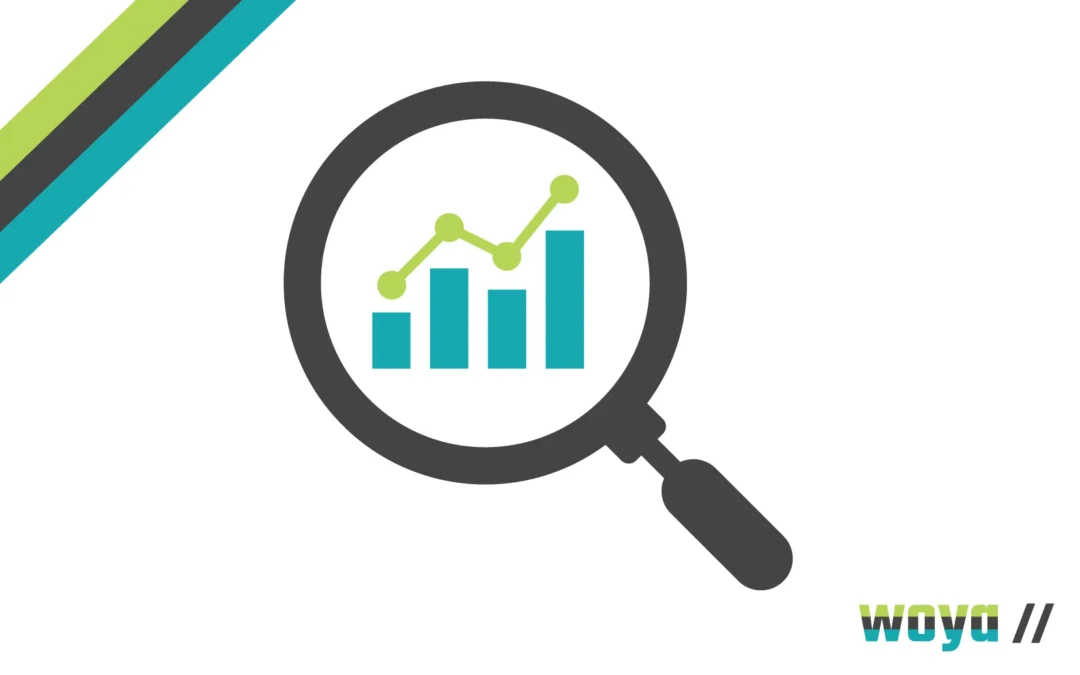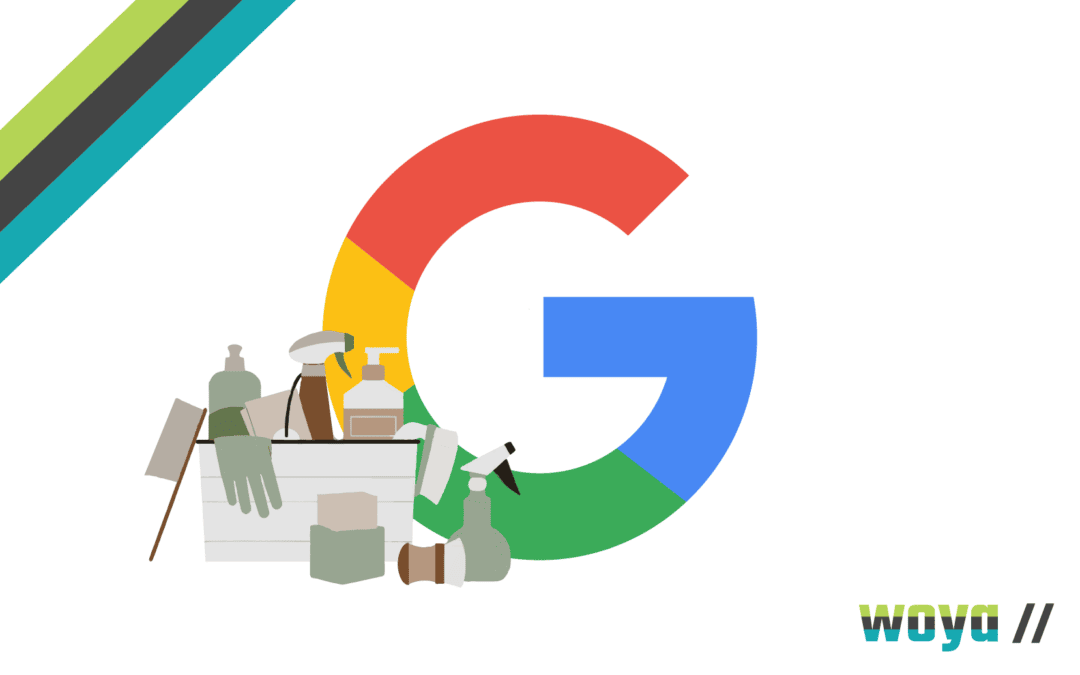
Introduction to SEO For Financial Services Companies
Reading Time: 6 minutesThere are over 80,000 financial businesses in the UK and – looking at the averages – around 80% of them have a website. That puts the number of companies in financial services vying for online visibility at a whopping 64,000 – which provides a good indication of the level of competitiveness to rank.
With so many businesses out there, it can feel impossible to secure the attention of your target audience. That’s where search engine optimisation (SEO) comes into play.
SEO helps to push your website up the search engine results pages (SERPs). By implementing factors that we know search engines like Google love, your website is much more likely to reach those coveted top spots for relevant search terms, driving more traffic to your site and boosting brand awareness.
Find out more about SEO for financial services companies, and why it’s such a crucial part of your digital marketing strategy.
Importance of SEO for Financial Service Providers
In financial services, SEO plays a critical role in driving on site conversions. But what exactly can you expect to see from your SEO strategy?
Increased Online Visibility
When using a search engine like Google, the vast majority of users don’t look beyond the first page of search results. The top three organic search results claim almost 70% of all Google clicks, with the last users spread out over the next few websites and a couple of brave browsers dipping their toe into page two.
The point here is that if you’re not ranking in those top spots, the majority of your target audience simply won’t see you. Even with a dazzling website and competitively-priced services, you won’t get the visibility you need to drive sales.
The overarching goal of SEO efforts is to stop this from happening. Our SEO campaigns aim to skyrocket your site up the ranks so that all (relevant) eyes are on you, enhancing your online visibility for more powerful marketing.
Building Trust and Credibility
Users trust search engines – it’s one of the reasons they stick so heavily to those top results.
They trust that search engines are going to find them reputable, relevant web pages that meet their needs. So, when your website turns up at the top, they also trust that you’re the business they’re looking for.
This drastically improves your credibility in the eyes of your audience. When you’re in the top spots, you have a bigger sway over your leads purely because of your pole position, driving eager consumers who are ready to trust you.
You’re also likely to see engagement increase, which will further bolster loyalty as your credibility increases, creating a trickle-down effect of advantages.
Targeted Traffic
Your financial services SEO strategy is focussed on driving high-quality leads to your website. It places you directly in the eye-line of the users who are already on the hunt for what you’re offering, giving you access to an audience who are almost ready to convert.
Rather than throwing an advert out there and hoping to secure a few interested leads, it’s a targeted method of digital marketing that brings relevant traffic straight to your digital doorstep.
When it comes to your long-term marketing success, this is important. High-quality leads are more likely to convert.
Cost-Effective Marketing
With an experienced financial services sector SEO agency by your side and solid strategies in place, SEO becomes a strong contender for one of the most cost-effective marketing methods.
One of the reasons for this is that it is a long-term strategy rather than a quick scheme to push short-term sales. SEO builds solid foundations that will generate results into the future, attracting leads over a much longer period.
A snowball effect can often be seen with SEO, in which it becomes more effective over time, boosting your return on investment (ROI) as it does.
The alternative method to SEO is pay-per-click (PPC), which works a little differently. Paid ads aid in generating a quick uptick in website traffic and driving some snappy sales, but as soon as you stop paying for PPC, it stops working. SEO, on the other hand, provides ongoing ROI that pushes your investment further.
Pair the two together – SEO and PPC – and you can secure short-term boosts and consistent long-term growth.
Book A Consultation
Core Components of SEO for Financial Services
To gain more insight into the world of finance industry SEO services, here are some of the core components of a winning SEO strategy.
Keyword Research
Optimising your website with relevant keywords is one of the most important elements of SEO. These are the key words and terms that your audience is searching for – like accountant near me or financial services.
By identifying key search terms, and optimising your website with them, you are telling Google that your website is relevant to these words. Google can therefore identify and rank your website according to searches including these terms, boosting your visibility for the right audience.
Content Optimisation
Regularly updating your website with fresh, keyword-optimised content is a smart way to gain SEO points.
As part of Woya Digital’s finance sector SEO services, we optimise content to ensure it ticks all the boxes for search engines and audiences. Balancing keyword-rich, informative content with the perks of regular upgrades provides a big push for your on-page SEO.
Link Building
When a reputable website links to you, you gain a bit of their credibility in the eyes of search engines. The big stars of SEO are giving you a shout-out and Google’s always listening.
This strategy is known as link building, and it involves boosting the number of inbound valuable external links pointing towards your website to increase your domain authority. Your domain authority is an indicator of your website’s reputation and reliability within a niche, and the higher it is, the better.
Technical SEO
SEO can get pretty technical at times, with a lot of heavy coding work and website development needed to ensure you rank. Some of the technical SEO factors that require focus include:
- Improving site speed
- Optimising for mobile devices
- Indexing your individual web pages
All of this comes together to build a strong, high-quality site with a well-put-together back end, which search engines love. This drives the performance of your website too, creating a better user experience that boosts your credibility and cultivates a clear, consistent brand identity.
Local SEO
Many financial services sector businesses have a local focus. Even those aiming for national – or even global – reach, can and should optimise for local search, too, in order to win over potential nearby clients.
Local SEO ensures you’re visible to more localised leads through a number of techniques, including the creation of local pages, the use of local keywords and location-based search term optimisation and setting your business up on key local search platforms, like Google My Business.
The Benefits of SEO for Financial Services Companies
We’ve highlighted the importance of SEO for businesses in the financial industry, but before we wrap up, here’s a quick run-through of some of the additional benefits you can expect with an effective SEO campaign:
- Enhanced customer experience: Techniques including improving page speeds and creating responsive websites cultivate a smoother online user experience for your leads, boosting your brand image.
- A competitive edge over industry competitors: By climbing up the rankings, you’re literally placing your business above (and in front of) your competitors for a larger share of the market.
- Increased brand awareness: Increased, prominent visibility in the relevant SERPs will result in increased brand awareness and familiarity.
- Build authority: Generating relevant and engaging SEO content presents your financial business as a knowledgeable leader in the larger financial niche, shining the spotlight on your credibility and expertise.
- Improved conversion rates: By targeting higher-quality leads and focusing on strategic marketing (such as including internal links and calls to action) your conversion rages will naturally increase.
- Access to performance metrics: A crucial aspect of SEO involves analysing data that can drive many other business decisions, creating a more streamlined marketing approach.
Investing in SEO for your Financial Services Company
SEO ensures that your business is positioned directly in front of your key audience. It brings visibility to your website, drives conversions in a natural, non-invasive way, and increases your credibility in the eyes of high-quality leads. If you want to secure those top spots for your business, SEO is an important aspect of any effective marketing strategy.
As a financial services industry business, investing in SEO is crucial for driving organic traffic.
Our financial services SEO team at Woya Digital are here to support you in driving your business up those search engine rankings. We know the importance of online visibility for your business and, with years of industry experience and technical SEO expertise, we can create a tailored SEO strategy designed to direct leads to your site, over your competitors.
Ready to boost your online visibility and drive sales? Get in touch with our financial services SEO team to learn more and book a free consultation with our experts.
Book an SEO Chat
The best place to start with any project is a little detail.





